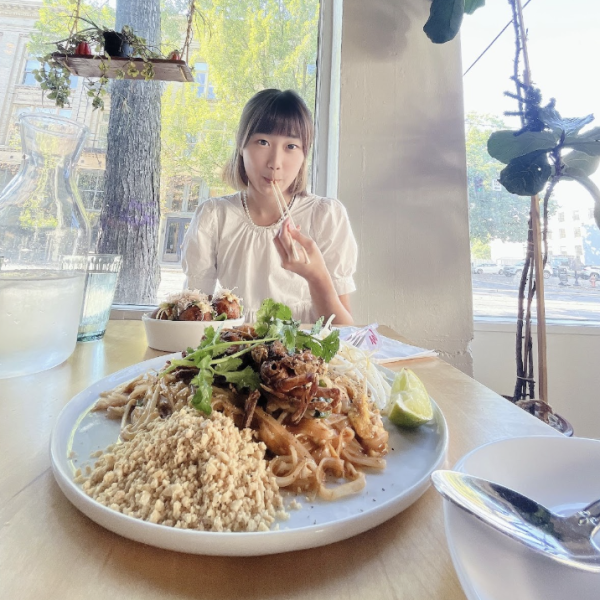One month in: LOHS community reflects on new system of distance learning
As the first month of distance learning wraps up, LOHS students and teachers have expressed mixed feelings about the new system of education. For students, destroyed sleep schedules, confusion about classwork and a steep drop in motivation and sometimes mental health were central themes, while teachers struggled with engaging effectively with students.
Students and teachers alike emphasized a loss of consistent and meaningful social interactions that online distance is unable to fully provide. As one freshman described, “I enjoyed the interactiveness and I was always at my ‘A game’ when I was at school even if I was tired, but distance learning just seems like a chore rather than a cheerful experience and is really making my mood drop a lot and I never really feel happy anymore because of it.” Others echoed these concerns, mentioning a lack of coping resources and emotional outlets provided by extracurriculars. Another junior added, “It’s been really really tough for me to cope with my life at home away from the people that always know how to bring me up and make me feel loved. At home, I feel uncomfortable and out of place because of my strained relationship with my family.”
For teachers, the lack of some students’ effort and other inequity concerns have made engagement with material a complex issue to tackle. “I’m working way too many hours; some students who need my help don’t respond to emails; number of emails and information I receive every day is overwhelming; hard to come up with creative things to do all the time; I miss students’ energy–it’s hard to be on this end of a video and not get to see their faces in return,” one teacher outlined.
However, teachers have been making persistent efforts to raise engagement and interact with student learning in meaningful ways. Math teacher Christopher Hubley expanded on his actions to increase engagement in uncertain times: “I am trying to be an example. There are certainly ways I could be phoning this in, but I’m not letting myself. I’m working hard for them to set an example.” Specifically, Hubley has been reaching out to struggling students, keeping track of student birthdays and continuing to actively recognize the effort of engaged learners beyond letter grades.
These efforts have been paying off, as nearly 70 percent of students surveyed expressed that their teachers are “willing to be flexible and accommodate any challenges I am facing.”
Over 30 percent of the 148 students surveyed have found distance learning to be more time-consuming than regular school, even with teachers drastically reducing content to fit the limitations of an online model. The lack of structure present in a physical school setting could contribute to students’ perceptions of being burdened with a heavier workload, along with organizational struggles in a digital system. Coupled with decreasing motivation to engage actively in class and the inherent stress of a worldwide crisis, many students described a feeling of being overwhelmed, stressed or confused by the constant stream of Google Classroom notifications and emails. Many also expressed frustration on the organization of class material, confused by the wide range of online platforms used to communicate.
Moving forward, teachers also highlighted the importance of staying positive and focusing on the specific adjustments that need to be made in order for productive learning to take place. Hubley described, “There has to be a higher level of accountability for students. They have to know that what is happening in classes “counts”. Unfortunately that means grades for most people (as opposed to just being intrinsically motivated to learn something to better yourself).”
Spanish teacher Teresa Sanchez also commented on the freedom provided by a more flexible online model: “I love making videos, reading books on equity and leadership. I exercise and cook meals I would’ve never cooked if I was working at the school,” she explained.
Despite the lack of control and emotional engagement with students, some teachers expressed their appreciation for the unique opportunities present in depending on Google Classroom and other platforms. Hubley observed, “I am commenting on every problem that kids miss and it makes me feel like they are getting good feedback. That didn’t happen when we were still in school. Kids would just get assessments back with grades on them. It’s made me think about needing to change things when we are actually back in school.”
Ultimately, in the likely situation that distance learning becomes a semi-permanent method of operating schools in the coming school year, the above issues, as well as equity barriers in providing online education, will continue to impede student progress. With the dedication of the district, the staff and the students, it’s possible to learn to thrive despite new complications.



